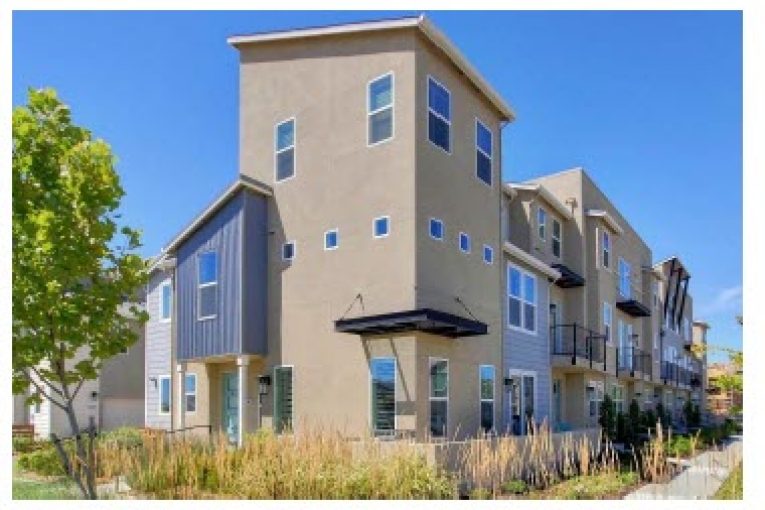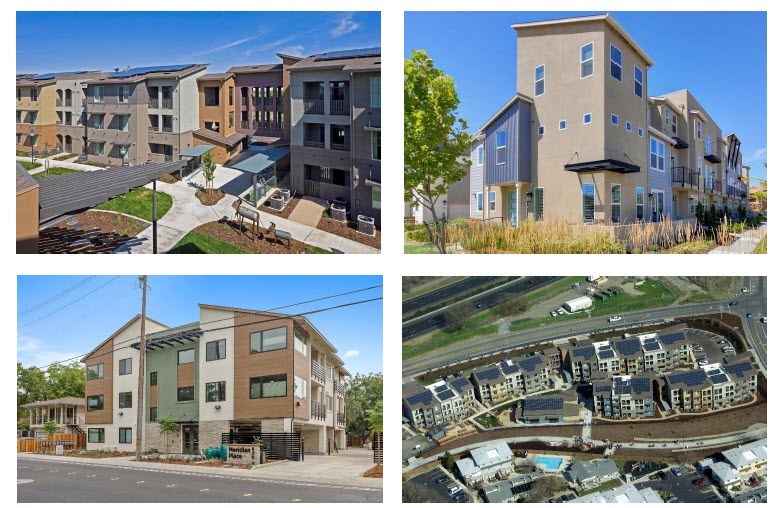
 By David M. Greenwald
By David M. Greenwald
Executive Editor
Davis, CA – The city of Davis, like many communities in the region, is going to have to revise and resubmit its Housing Element in order to get approval from the Department of Housing and Community Development (HCD).
In an eight-page letter to City Manager Mike Webb, dated December 8, 2021, HCD wrote: “The adopted housing element has made significant progress and addressed many of the statuary requirements described in our July 1, 2021 review; however, revisions will be necessary to comply with State Housing Element Law.
“As a reminder, the City’s 6th cycle housing element was due May 15, 2021. As of today, the City has not completed the housing element process for the 6th cycle,” the letter continued. “The City’s 5th cycle housing element no longer satisfies statutory requirements. HCD encourages the City to make revisions to the element as described herein, adopt, and submit to HCD to regain housing element compliance.”
“We are reviewing with our staff and SACOG [Sacramento Area Council of Governments] and will prepare responses,” Mayor Gloria Partida told the Vanguard on Friday. “This is a typical part of the process and many cities usually receive these types of letters.”
City staff told the Vanguard that many other jurisdictions have received a similar letter and that Davis is not the only city struggling for compliance with the new and more rigorous requirements.
Assistant City Manager Ash Feeney noted, “In discussions with SACOG staff, given the number of their member agencies who have received similar comments from the Department of Housing and Community Development (HCD), SACOG is preparing to allocate professional and financial resources to help member jurisdictions respond to HCD comments.”
The city of Davis created an ad hoc citizen’s committee with a number of public outreach sessions during its Housing Element process. The committee as well as citizen groups pushed for a more aggressive approach to housing, though there was a hearty debate over the direction to go.
The council ultimately took a middle ground approach, adopting some of the new recommendations, but declined to act on a number of them.
HCD sent the city a six-page recommendation suggesting, “The following changes would bring The City’s housing element into compliance with Article 10.6 of the Government Code.”
Many of these changes appear technical. For example, under the section responding to affirmatively furthering fair housing opportunities, HCD noted, “While the element was revised to include additional analysis on census tract 106.08… the City’s only identified R/ECAP, an analysis comparing concentrated areas of poverty relative to the region and within the locality must still be provided.”
The city’s RHNA (Regional Housing Needs Assessment) is 2075 housing units, of which 930 are for lower-income households.
“To address this need, the element relies on approved, pending projects, and nonvacant residential and commercial sites,” HCD writes.
Here the city is asked to justify the 105 units of housing in Nishi toward lower-income households.
“To credit the 105 units toward the RHNA, the City must verify that the Nishi project meets the census definition of a housing unit and is not considered group quarters,” HCD writes.
Further, “while the element outlines the methodology behind converting deed-restricted affordable beds into units, it must also demonstrate that renters, particularly nonindependent student renters, qualify for the deed-restricted leases.”
There are questions about the suitability of non-vacant sites, with HCD writing “the element must now provide substantial evidence that the existing use is not an impediment to additional residential development in the planning period and is likely to discontinue during the planning period.”
For example, the analysis of the Ace Hardware site “is now sufficient” as it “demonstrates a discontinued use, developer interest, and most importantly feasibility that the site has redevelopment potential during the planning period.”
HCD adds, “The two remaining sites will need to demonstrate similar suitability for redevelopment and, most importantly, link recent development trends to factors utilized for identifying these sites.”
Further, with respect to candidates for rezoning, HCD points out, “The revised element identifies a shortfall of adequate sites to accommodate the regional housing need for lower-income households. It also identifies candidate sites that will be rezoned within the first three years of the planning period.”
However, “sites include a capacity assumption of 100 percent build out. The element must support the capacity methodology assumed for these sites…”
The city has acknowledged, “The City does not currently contain enough vacant land appropriately zoned for the development of the housing necessary to meet the city’s estimated housing needs for the period 2021 and 2029.”
HCD expresses concern about the impact of Measure J and other growth control measures on the city’s ability to deliver on its housing needs.
“As recognized in the housing element, Measure J poses a constraint to the development of housing by requiring voter approval of any land use designation change from agricultural, open space, or urban reserve land use to an urban use designation,” HCD writes. “Since the ordinance was enacted in March of 2000, four of the six proposed rezones have failed.
“As the element has identified the need for rezoning to accommodate a shortfall of sites to accommodate the housing need, the element should clarify if any of the candidate sites to rezone would be subject to this measure and provide analysis on the constraints that this measure might impose on the development of these sites.”
HCD also warns, “The analysis must evaluate the cumulative impacts of land use controls on the cost and supply of housing, including the ability to achieve maximum densities.”
“The City of Davis had a thorough process with robust community participation in preparation of the 2021-2029 Housing Element,” Feeney said.
Feeney added, “It is not unusual to receive comments from HCD when submitting an adopted Housing Element and is part of the process. Staff has been in contact with HCD, our consultant team and SACOG on how best to address the letter. We welcome and appreciate SACOG taking a leadership role in assisting jurisdictions.”


Do we know if the City intends to post the entire letter on its website? It would seem premature to do so now, while the City, etc. absorbs it, but soon would be good… next 2-3 weeks…
I intend to pass a similar comment on to the City… was just curious if it has already been promised…
“HCD expresses concern about the impact of Measure J and other growth control measures on the city’s ability to deliver on its housing needs.”
Duh.
Wasn’t the city repeatedly warned about this type of thing, in advance?
Also, wasn’t there a lawsuit regarding this exact shortcoming? (Which was repeatedly criticized by the Vanguard?)
Rejected for technical reasons. Yawn. There’s four minutes of my life I’ll never get back.